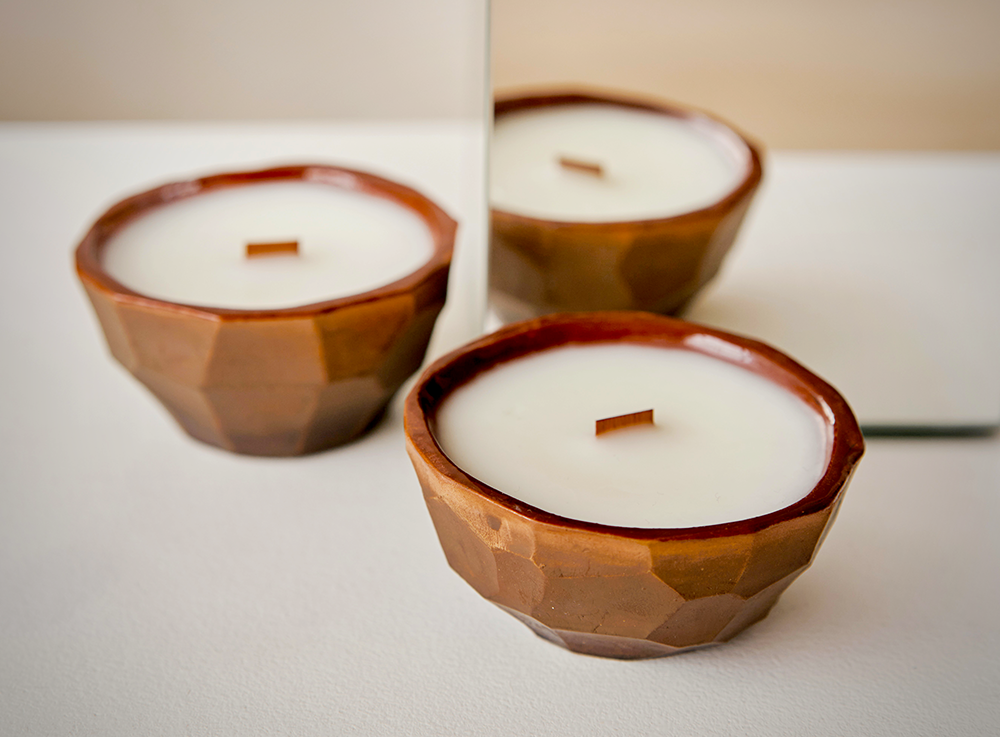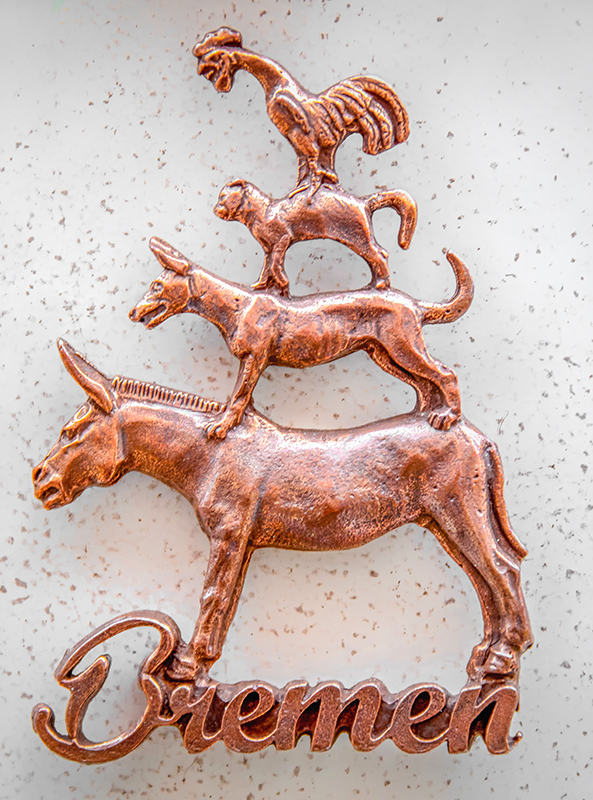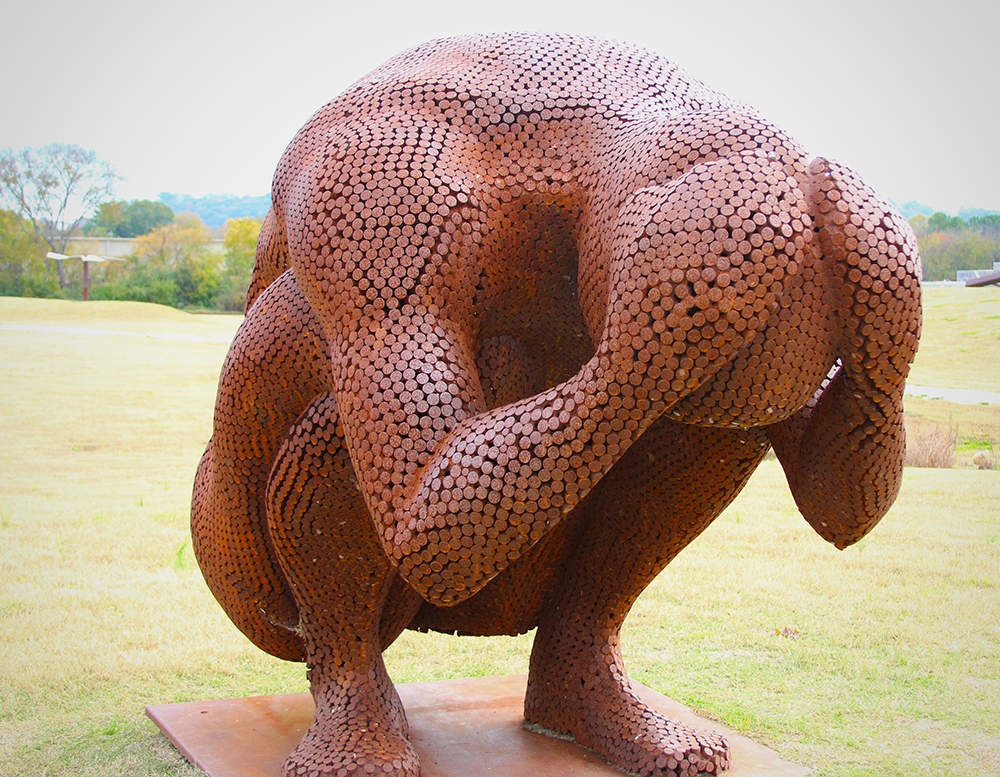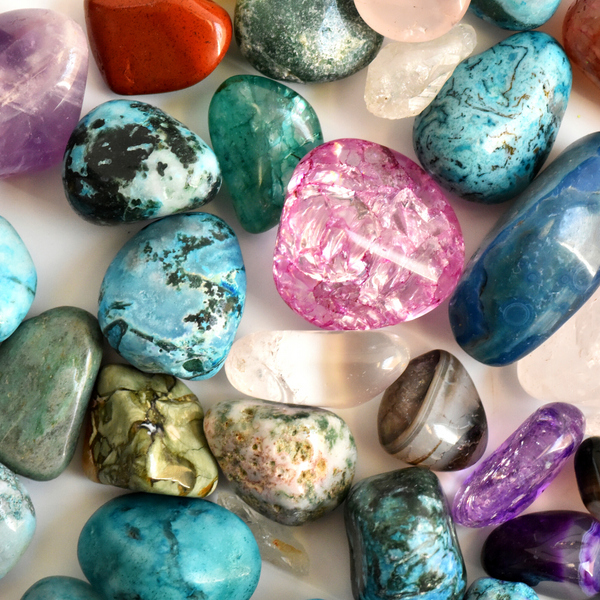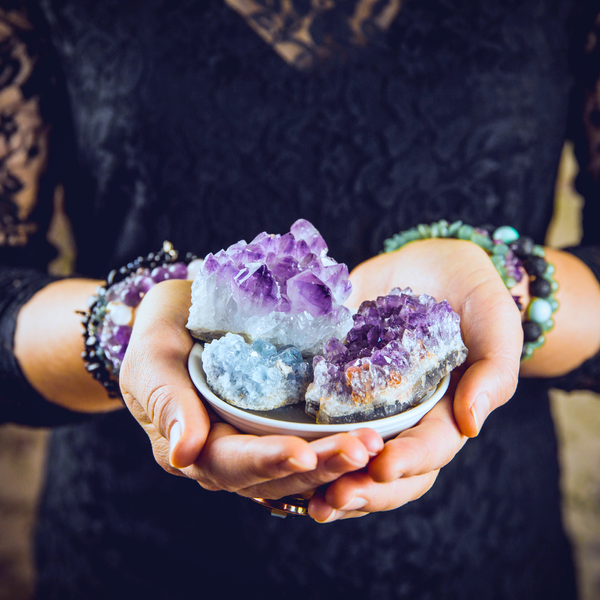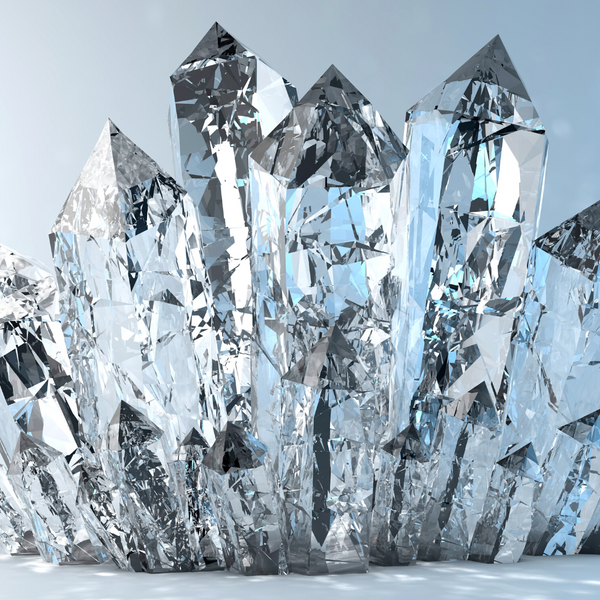Copper is a beautiful, lustrous metal with a long history.
It has been used for centuries for everything from coins to jewelry to sculptures, and copper plays an important role in many traditional cultures.
Copper is also a very conductive metal, which makes it ideal for electrical applications, and in recent years, it has become increasingly popular among artists of all skill levels for its unique properties and uses.
Let's take a closer look at copper, its history, benefits, and uses.
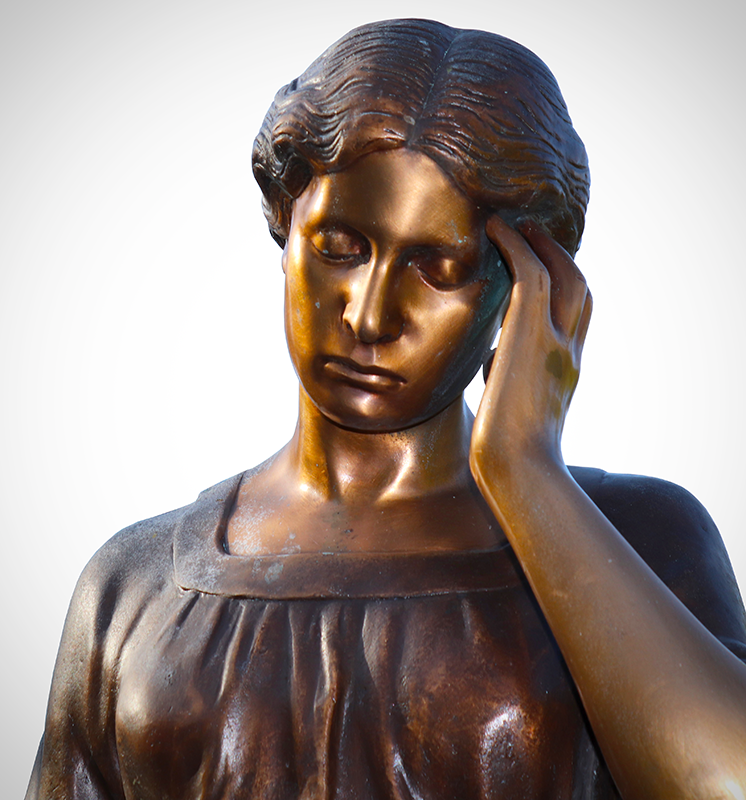
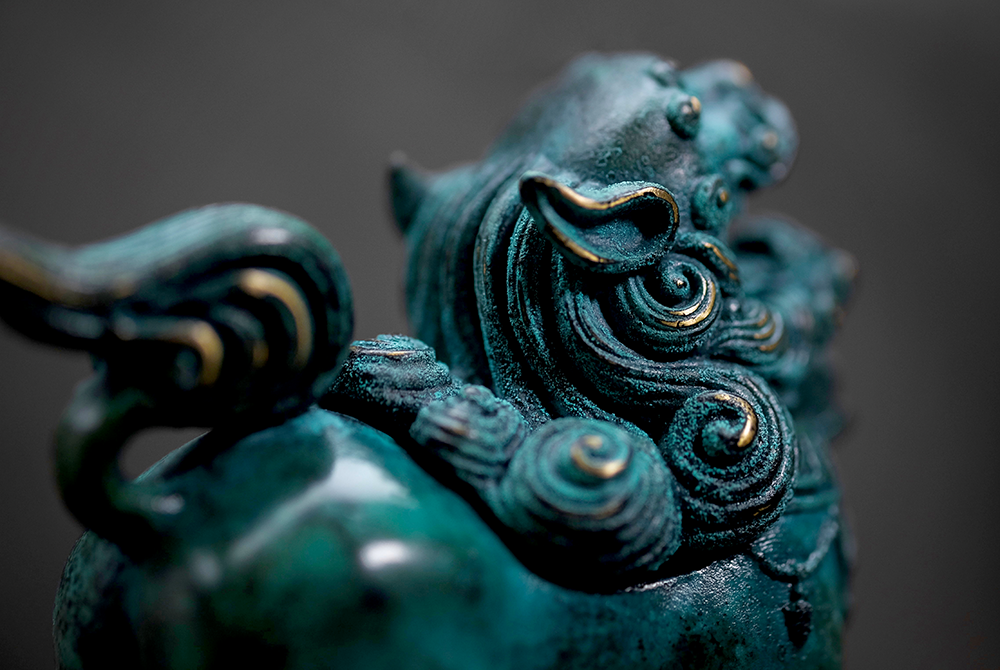
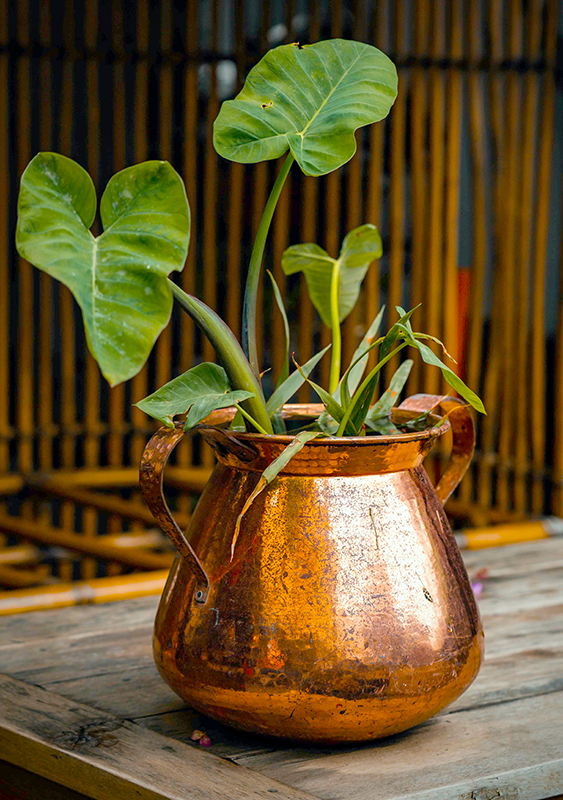
History of Copper
Copper is a native element that was first used by humans over 10,000 years ago.
It was especially big in the Bronze Age, when it was used to make tools, weapons, and armor.
Copper is found all over the world, but most copper used throughout history has come from a few major mines in Europe and the Middle East.
It is thought to have been first discovered in the Middle East, and it has been used by many cultures throughout the world since then.
Copper was first used for tool making and as a medium of exchange.
It was also used to create art and jewelry, and it has been found in many ancient burial sites.
Copper occurs in a variety of minerals and create copper alloys, but native copper is the most pure form of the metal.
Copper production peaked in the Roman Empire and again in the Victorian Era.
Pure copper is a reddish-orange color, but it can also be found in a variety of other colors depending on the impurities present.
Reddish copper is the most valuable and is used for high-end applications.
Copper can become green, as can be sound in examples like the Statue of Liberty, when it oxidizes.
The process of oxidation is called patination and can be used deliberately to create this desired effect.
Copper oxide has also been used as a pigment in paints and other materials.

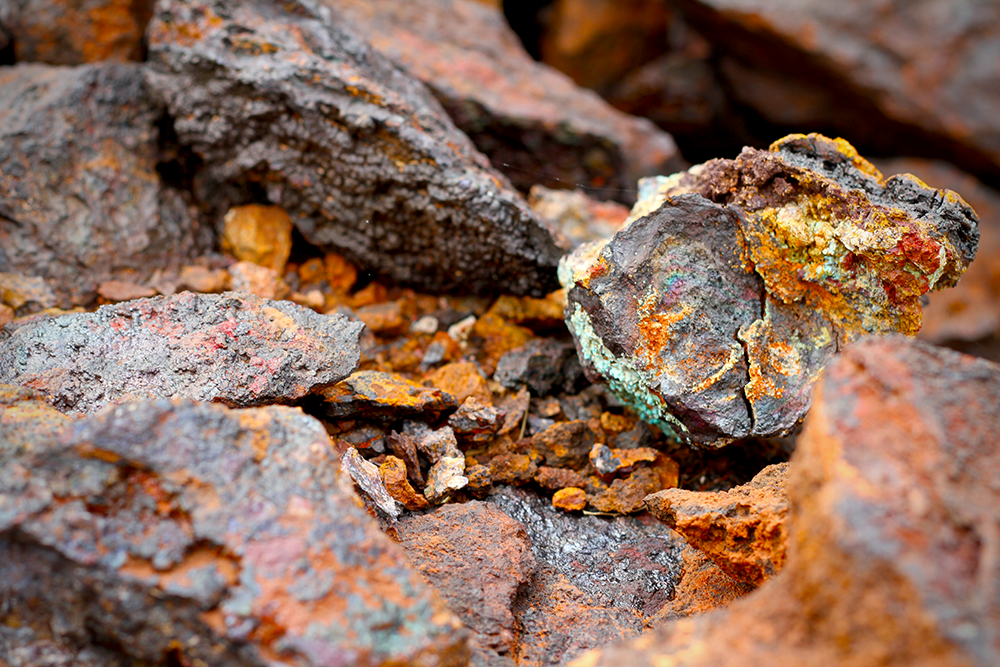
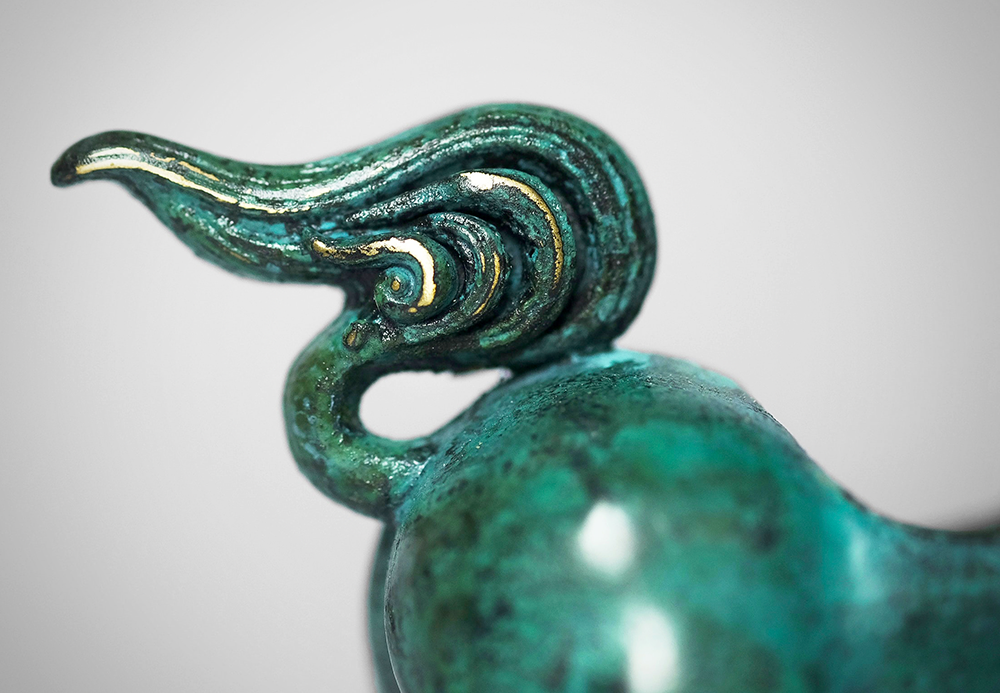
Copper Meaning
The name "copper" comes from the Latin word "cuprum," which means "metal of Cyprus."
This is because the island of Cyprus was once a major producer of copper.
The chemical symbol for copper is "Cu," which comes from the Latin word "cuprum."
Copper is often associated with the goddess Venus/Aphrodite and the planet Venus.
It is also associated with the zodiac signs Taurus and Libra.
Copper is also an element on the periodic table, and it has an atomic number of 29.
Copper has a long history of being associated with luck, healing, and fertility.
It is also said to promote prosperity, health, and love.
Symbolizing balance, harmony, and abundance, this pure metal is a great conductor of energy, chakra balancer, and negativity clearer.
It can be especially helpful in opening the third eye chakra.

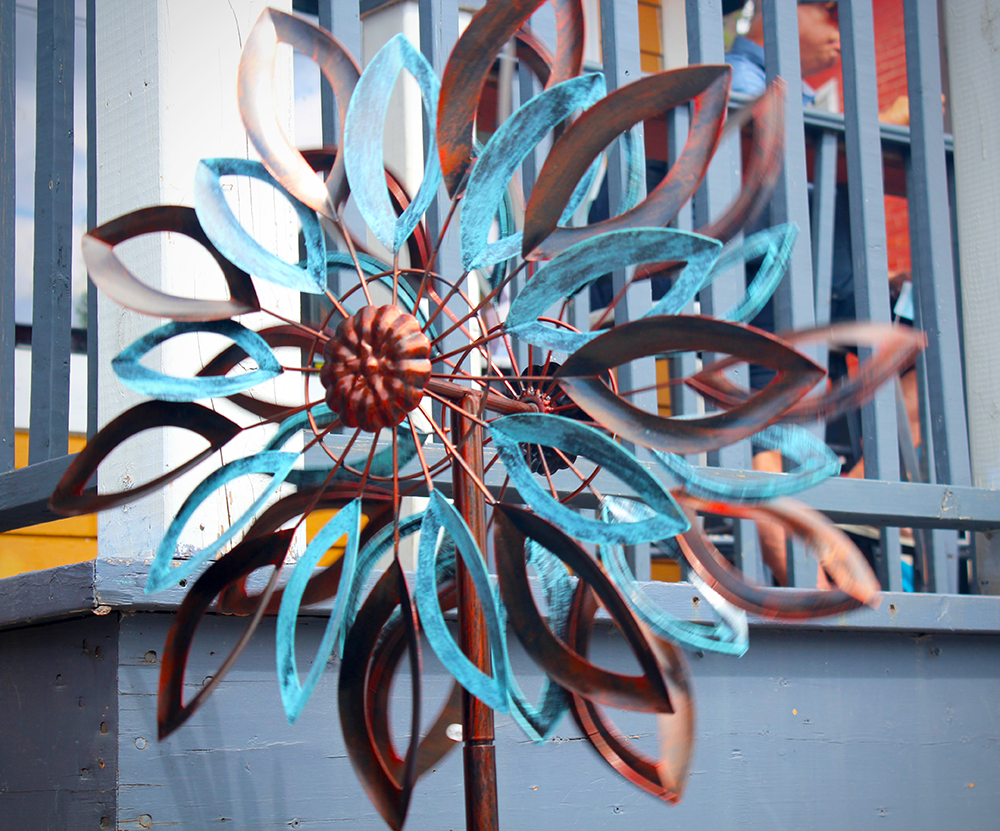

Metaphysical Properties of Copper
Copper is an ideal metal for metaphysical purposes and is also known for its benefits to health, including:
- Reducing inflammation
- Killing bacteria
- Regulating blood sugar levels
- Aiding in weight loss
- Reducing the risk of heart disease
Copper is considered to be a metal of healing and balance, helping to cleanse and balance the chakras.
As an excellent energy conductor, copper is great for manifestation rituals and increasing the flow of abundance.
Establishing harmonious connections between the physical and spiritual, copper enhances psychic abilities, protects against negative energies, and promotes positive thinking.
It is helpful in relieving pain, reducing inflammation, and improving circulation.
Copper is also beneficial for the skin, hair, and nails.
Believed to increase energy levels and promote mental agility, copper is an essential mineral for overall health.
Although, excess copper can cause copper toxicity, so it is important to consult a healthcare professional if you are interested in supplementing with copper.

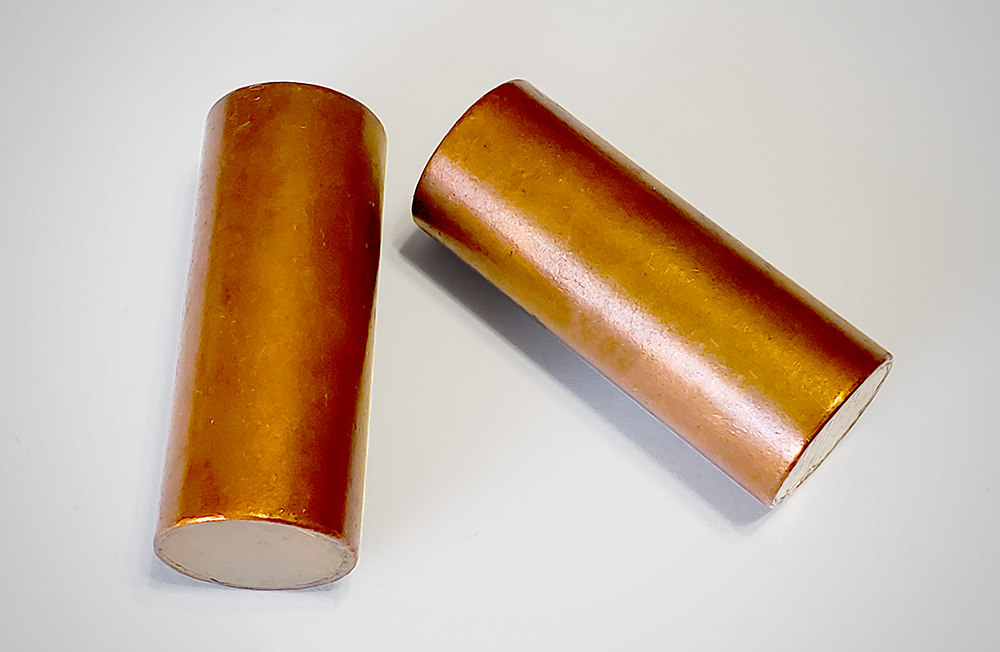
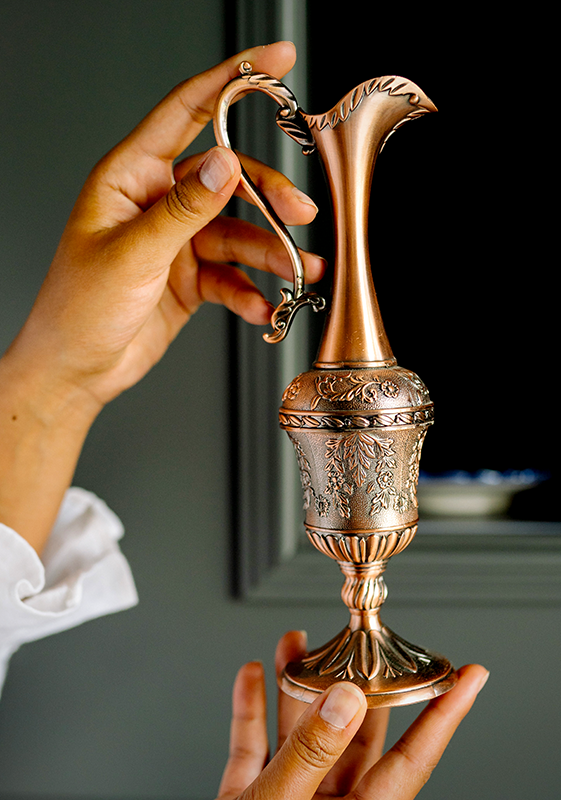
Uses for Copper
Copper and copper compounds have a number of benefits that have made them a popular throughout history.
Copper is:
- Durable
- Malleable
- Conducive
- Versatile
Copper can be used in many ways, and it is an excellent conductor of heat and electricity.
It is often used in electrical wiring and plumbing.
A popular choice for jewelry, cookware, and coins, copper is a malleable metal, so it can be hammered into thin sheets or drawn into wire.
This metal has a variety of uses, both practical and aesthetic.
Some of the most common uses for copper include:
- Copper pipes and other plumbing fixtures
- Copper wiring
- Copper technologies
- Cookware
- Coins
- Jewelry
Copper is a beautiful metal that can add a touch of elegance to any home, and you can create awesome art and sculptures with it.
It can be hammered into thin sheets and used as a material for mosaics or mixed media projects.
It can also be cut into thin strips and used as a embellishment on paper crafts or jewelry.
Copper can also be melted down and cast into shapes using molds, or you can use it as a component in resin art.
The possibilities are endless!
If you're looking for a unique metal to use in your next project, consider copper.
You'll be amazed by its beauty and versatility.

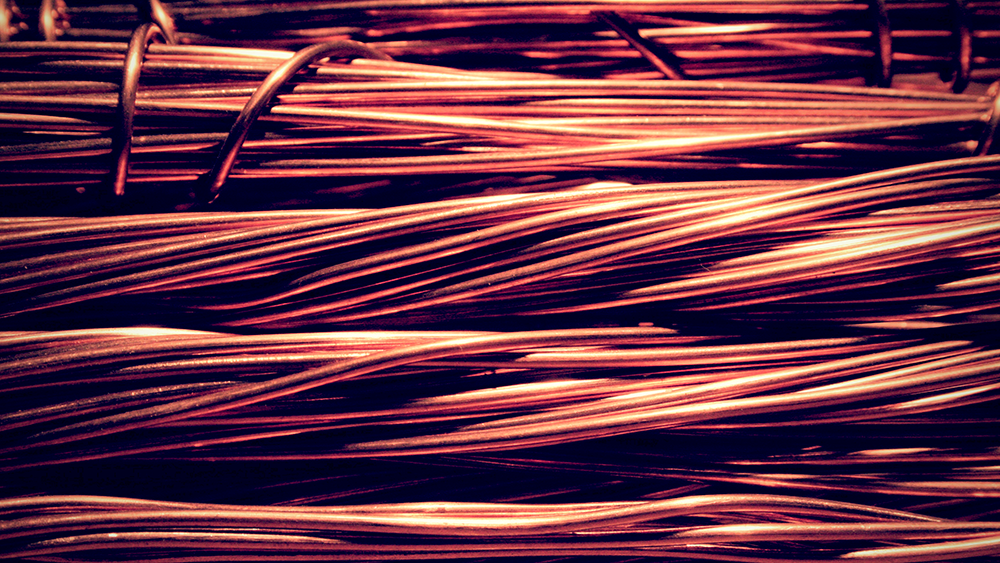

Conductive Copper
Copper is a beautiful metal with a long history of use.
With many practical and metaphysical benefits, this versatile metal has a wide range of uses in art and craft projects.
Its unique properties make it ideal for a variety of applications, and it is sure to add a touch of beauty and elegance to any project.
Copper is an essential mineral for overall health, and it is a great conductor of energy.
If you are looking for a metal that is both beautiful and versatile and will help bring energetic balance into your life, copper is the perfect choice.
Whether you're looking to add a touch of luxury to your paper crafts or you're hoping to create a one-of-a-kind sculpture or piece of jewelry, copper is the perfect metal for the job.
So, get creative and see what you can come up with!
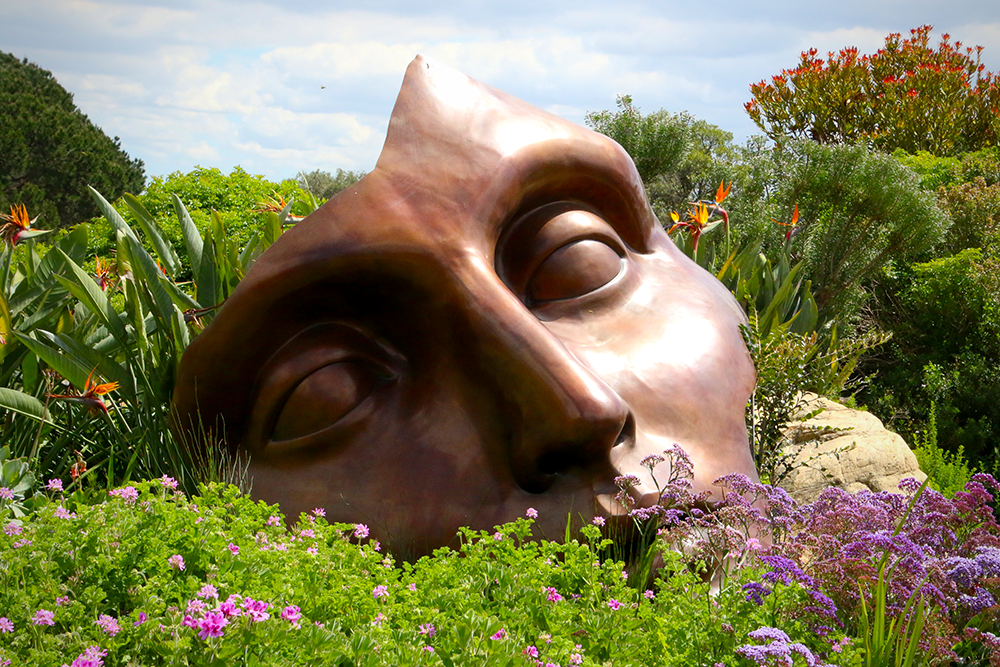

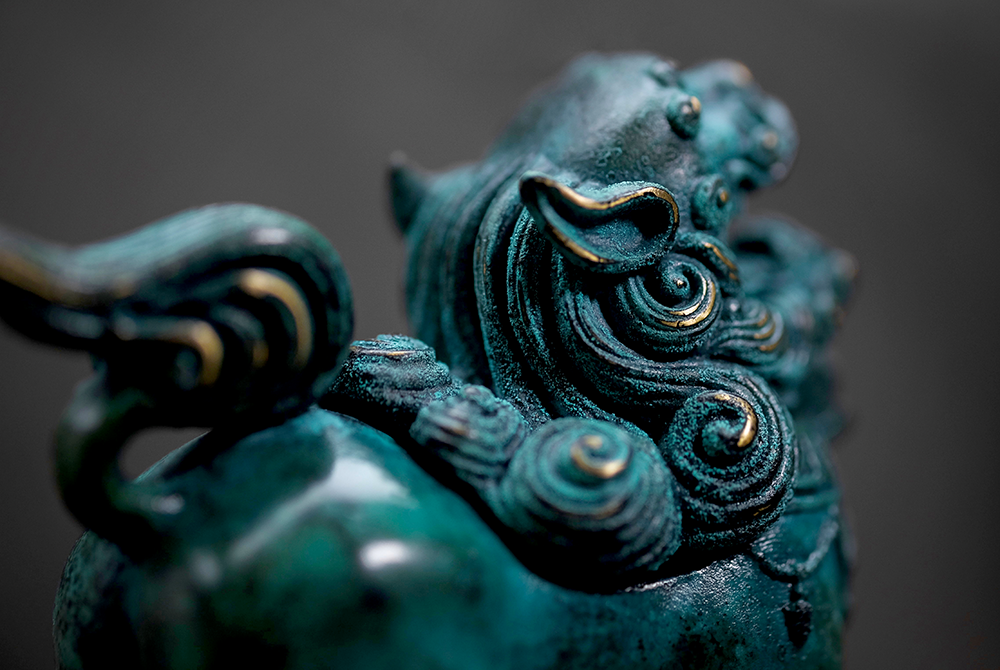
Want to learn more about copper and its benefits? Check out Adam Barralet's video!
Interested in crystals?
Check out some of our other awesome crystal articles:
-Crystals, rocks, and minerals
